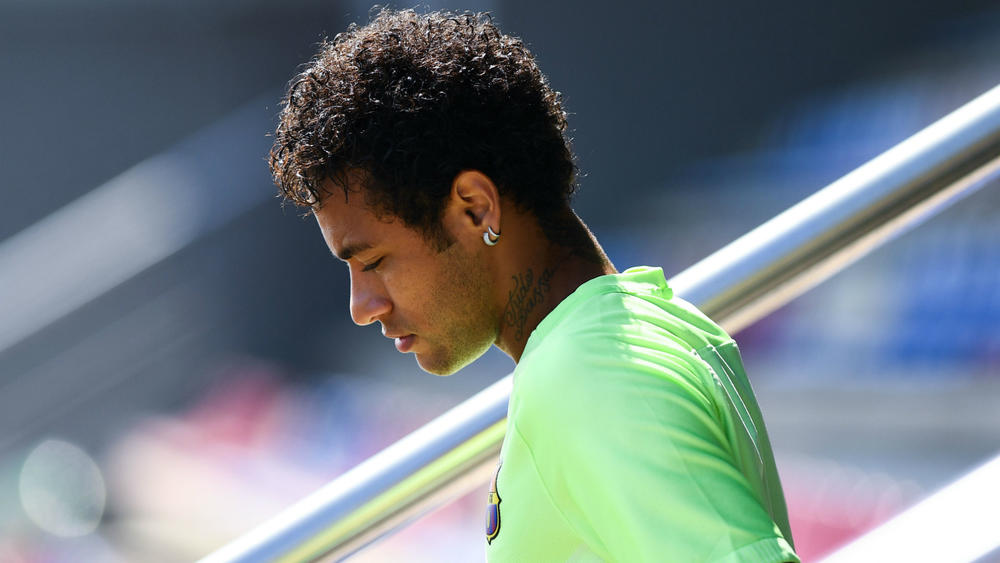
- Select a language for the TTS:
- UK English Female
- UK English Male
- US English Female
- US English Male
- Australian Female
- Australian Male
- Language selected: (auto detect) - EN
Play all audios:
> DR. THOMAS STARZL IN THE OPERATING ROOM AT THE DENVER VA HOSPITAL, > WHERE HE PERFORMED THE FIRST SUCCESSFUL HUMAN LIVER TRANSPLANT IN > HISTORY ON MARCH 5, 1963. HIS DECADES OF
PIONEERING RESEARCH AND > SURGICAL WORK BROUGHT THE HIGHLY EXPERIMENTAL PROCEDURE INTO THE > MEDICAL MAINSTREAM BY THE EARLY 1980S. (STARZL.PITT.EDU) Prior to the 1960s, liver failure
always ended in death. In May 1963, however, Dr. Thomas E. Starzl made medical history at the VA hospital in Denver, Colorado, when he performed the first liver transplantation on a patient
who survived the operation. The patient was William G. Grisby, a 48-year-old janitor admitted to a community hospital with symptoms suggesting a peptic ulcer. Exploratory surgery revealed
that cancer had enveloped about a third of his liver although it had not metastasized. With his health failing quickly, he was transferred to the VA hospital for the transplant surgery. His
donor was a 55-year-old Veteran who had just died of a brain tumor. The outcome was fleeting, as Grisby died a few weeks later of complications from the surgery. But his new liver was
functioning to the end. The case provided a glimmer of hope, demonstrating that it was, in fact, possible to replace a diseased liver with a healthy one from a donor. It also offered a
glimpse of the future. In time, after two more decades of research and testing, much of it led by Starzl himself, liver transplantation would fulfill its promise and became a dependable,
life-extending treatment for children and adults suffering from end-stage liver disease. Starzl’s experimental work on liver transplantation in canines early in his career convinced him that
the same procedure could be performed on humans. A Navy Veteran, he had earned a medical degree and doctorate from Northwestern University Medical School in Chicago in the early 1950s. He
returned to Chicago in 1958 to serve as resident surgeon at the Chicago VA medical center. There, he launched his research program with dogs, which he expanded after joining the surgery
department at Northwestern a year later. While at Northwestern, he carried out 79 liver transplants on canine test subjects. These experiments generated vital knowledge on donor liver
preservation and surgical techniques to redirect blood flow that proved foundational to the emerging field of solid organ transplantation.








